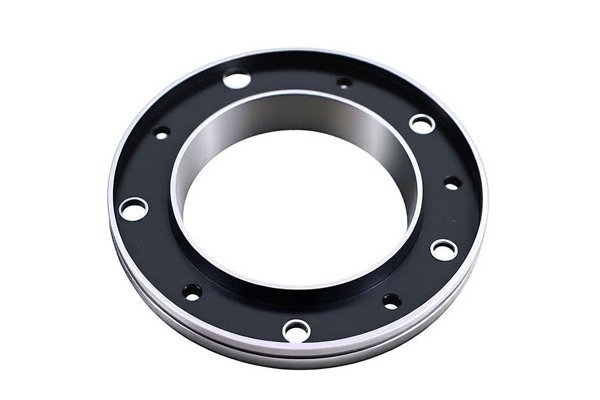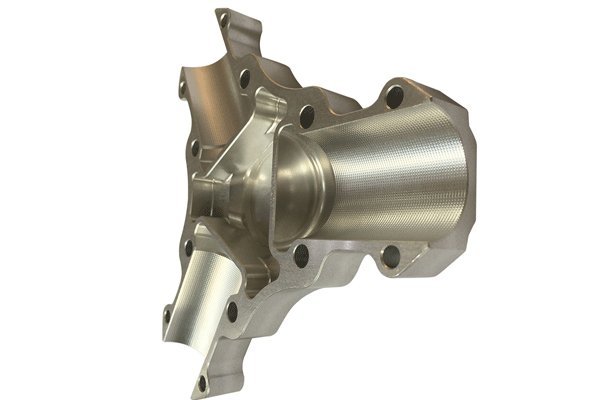Did you know that over 90% of manufacturers have experienced disruptions in their supply chains, and nearly half have reported that these interruptions have negatively affected their production quality? In today’s fast-paced industrial landscape, the ability to track every component of your supply chain can make the difference between success and failure. In CNC machining, where precision is paramount, a robust supply chain traceability system becomes not just an advantage, but a necessity.
—
Understanding Supply Chain Traceability
What Is Supply Chain Traceability?
Supply chain traceability refers to the process of tracking the movement of materials and products throughout the supply chain—from raw materials suppliers to manufacturers, to distributors, and eventually to the end customer. It incorporates data collection, analysis, and reporting mechanisms that make it possible to trace back each component to its origin.
Importance of Traceability in CNC Machining
In CNC machining, traceability allows manufacturers to ensure that parts meet stringent quality standards. By having access to a well-documented history of every part, manufacturers can identify the source of defects, maintain compliance with regulations, and enhance overall operational efficiency.
—
Key Components of a Supply Chain Traceability System
To ensure that a supply chain traceability system effectively enhances part quality, there are several key components that need to be incorporated:
Implement a centralized database that can capture and analyze the data collected. This database should be easily accessible to staff at different levels of the organization.
Utilize barcodes or RFID tags to efficiently track materials and products as they move through various stages of the supply chain. This tech not only simplifies data entry but also minimizes the chances of errors.
Ensure that the traceability system seamlessly integrates with existing ERP (Enterprise Resource Planning) and production management systems for a holistic view of operations.
Develop clear SOPs that outline how to collect, enter, and analyze data. This includes training staff on these processes to ensure compliance and consistency.
Incorporate a robust feedback loop that allows teams to learn from past issues, thereby continuously improving quality and traceability processes.
—
Solutions to Common Traceability Challenges in CNC Machining
Even with a well-designed traceability system, challenges can arise. Here are solutions to some common problems:
Challenge: The collection of extensive data can lead to information paralysis.

Solution: Implement data filtering techniques to prioritize essential information. Use dashboards for real-time status updates that focus on KPIs (Key Performance Indicators) relevant to part quality.
Challenge: Not all suppliers may follow traceability protocols.
Solution: Create a supplier assessment program that includes traceability compliance as a criterion. Train and motivate suppliers to participate in traceability initiatives.
Challenge: Integrating new technology into existing systems can be complex.
Solution: Collaborate with IT professionals to develop a phased approach to integration, ensuring minimal disruption to current operations.
Challenge: Implementing a traceability system can be initially costly.
Solution: Conduct a cost-benefit analysis that illustrates long-term gains in quality and efficiency, which undoubtedly outweigh initial investment costs.
—
Implementing a Supply Chain Traceability System
Step 1: Assess Current Capabilities
Begin by evaluating your current supply chain management processes. What data do you currently collect? Where are the gaps? This assessment will lay the groundwork for your new system.
Step 2: Set Clear Goals
Define what you want to achieve with the traceability system. Is your primary focus on improving part quality, reducing waste, or complying with industry standards?
Step 3: Choose the Right Technology
Select technology solutions that fit your budget and capabilities. Look for systems that offer scalability, ensuring they can grow with your business.
Step 4: Train Your Team
Invest time and resources into training your workforce on how to use the new system effectively. Their buy-in will be critical for success.
Step 5: Monitor and Evolve
Establish routine audits to monitor the system’s performance. Use data analytics to track improvements in part quality and adjust processes accordingly.
—
In CNC machining, ensuring part quality isn’t just a matter of skilled craftsmanship; it’s also about effectively managing every link in the supply chain. A robust supply chain traceability system allows manufacturers to track materials from their origin, through production, and ultimately to customers—ensuring that every component meets quality standards.
By leveraging modern technologies and methodologies, CNC manufacturers can not only enhance their part quality but also build lasting relationships with stakeholders, reduce waste, and increase profitability. As we navigate an increasingly complex global marketplace, the importance of a supply chain traceability system cannot be overstated. It is worth pondering whether your business is prepared to meet the challenges head-on.
Is your organization ready to embrace these transformative strategies? Think of the potential impact it could have on your operations and reputation in the industry. Remember, quality is no longer just an additive; it must be ingrained in every step of your production process through a meticulous traceable supply chain.






